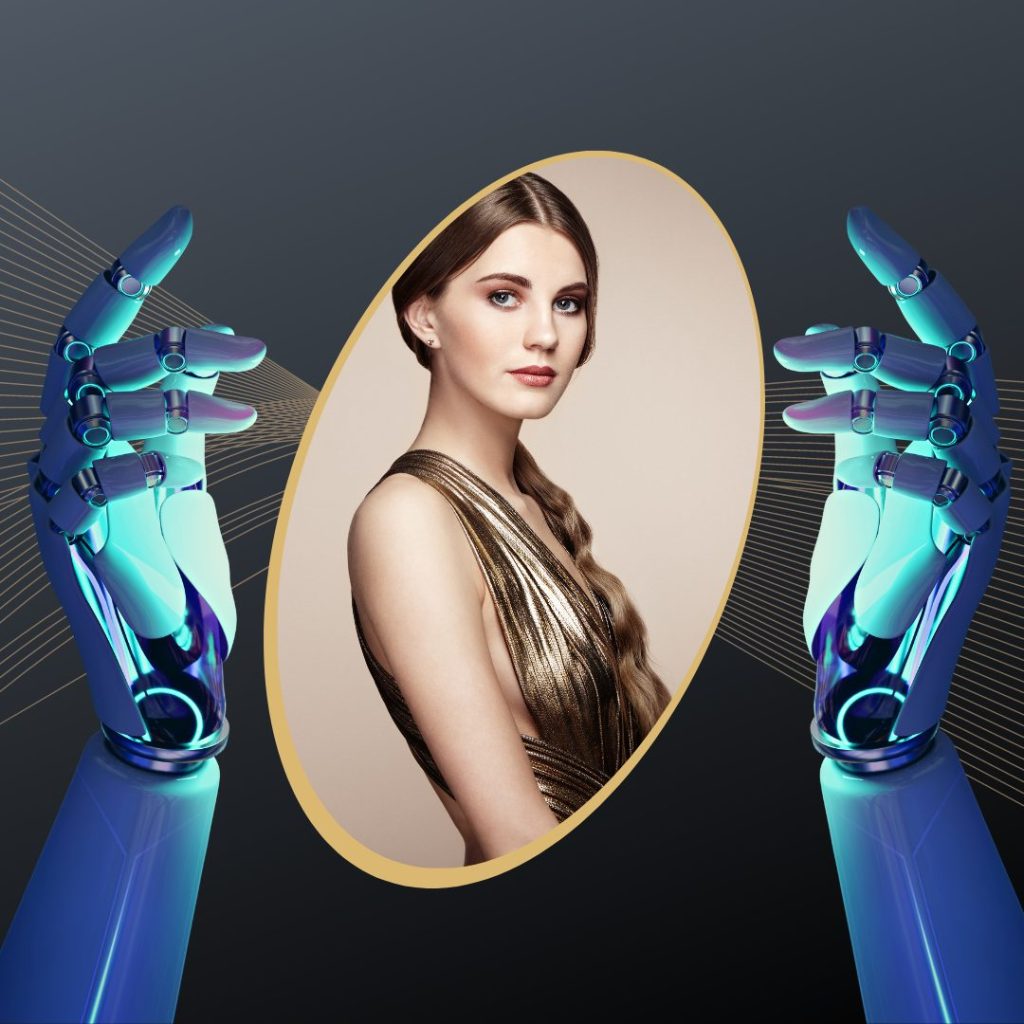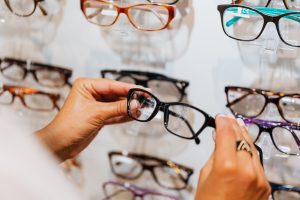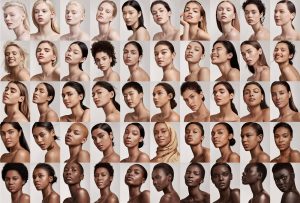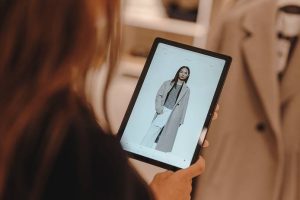Counterfeits, or mass market replication of designs, has plagued the fashion industry since a decade. Some imitations are so good that consumers unwittingly end up purchasing fakes. That’s when fashion brands turned to Artificial intelligence, or AI, to identify counterfeits so they may weed out and take action against fraudulent retailers. Its technology is increasingly being used to identify counterfeits by using machine learning algorithms to analyze data such as images, text, and video and detect subtle differences between genuine products and counterfeits. In fact, it is also being used to analyze digital data such as product serial numbers, purchase orders, and payment information and go one step further to match the signatures of the original product to those of the counterfeits, and identify any discrepancies.
So, does AI have the potential to turn the tide against counterfeiters? Yes. Luxury fashion brand Burberry is one of the machine learning pioneers in the industry. Per AIDaily, “To tackle the problem of counterfeit goods, Burberry uses image recognition technology which can determine, from a photograph, whether or not a product is genuine by analysing minute details in weaving and texture… with a reported 98 per cent accuracy, thereby halting the circulation of counterfeit goods which could compromise Burberry’s reputation for quality.” The fashion brand has filed a trademark infringement suit against the operators of a number of online websites which allegedly sell counterfeit products.
Deloitte’s intellectual property protection tool, Dupe Killers, counts Jimmy Choo among the global fashion brands using the service. Its A-powered technology searches for design infringements by learning the shape or configuration of a product and seeking fakes. Per Vogue Business, “Dupe Killer’s investigations start with the piece of clothing, handbag or shoe that a brand wants it to watch over. The team starts by photographing the physical garment from every possible angle and applying computer vision techniques and machine learning to isolate unique traits that make the design distinctive. This trains the AI to recognise these features as it sweeps the internet.
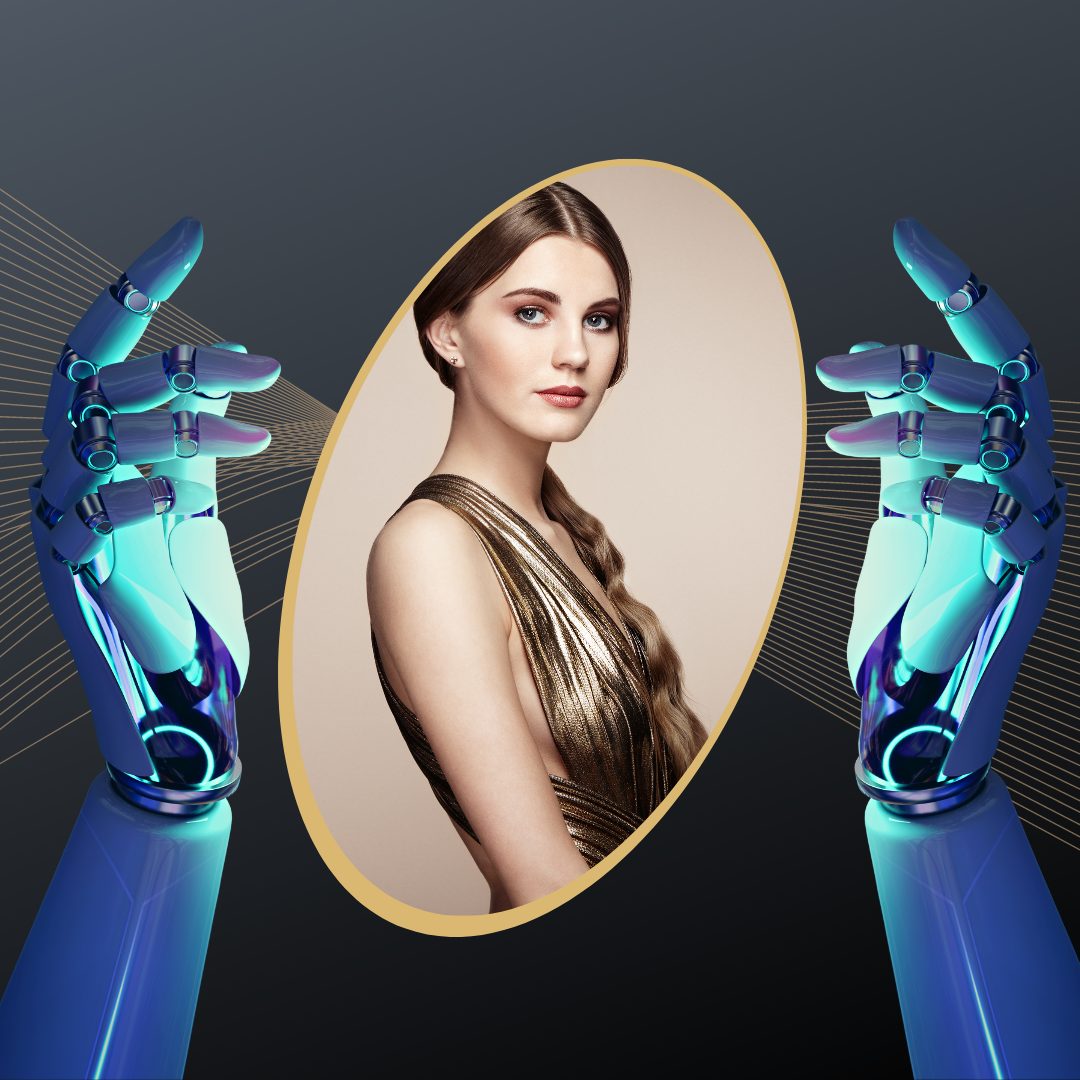
Fashion is increasingly using AI to fight against counterfeits
With such success stories in place, the role of identifying counterfeits is increasingly being filled by artificial-intelligence algorithms that have studied every angle of fashion products such as bags and shoes. Companies such as Entrupy are developing machine-learning tools to help protect shoppers. Per WSJ, “The lens on Entrupy’s camera magnifies the fabric at least 100 times, making features in the material that are invisible to the eye become clear in the resulting images. Depending on the bag, the AI will check 500 to 1,500 features, such as color, stitching and the pattern of pores in leather. A result pops up in the app in anywhere from 60 seconds to an hour, depending on the brand. With each use, the algorithm becomes a little smarter.”
‘We protect human creativity and innovation in a digital world’ is the tagline of MarqVision, an AI-powered software vendor founded out of Harvard Law School and MIT. The company helps global brands remove counterfeits by automatically detecting counterfeits on the 1,500+ online marketplaces in 115 different countries. ‘Our technology enables efficient removal of counterfeits by automating the traditional anti-counterfeiting process end-to-end. Starting with IP protection, we are on our way to build a category-defining product in the IP industry using the power of AI,’ is their point of view.
Anti-counterfeit technology faces a continuous battle to stay a step ahead of the counterfeit market, which is ‘worth over $500 billion and makes up around 3.3 per cent of world trade’, per The Organization for Economic Cooperation and Development. As fraudsters and counterfeiters become more sophisticated, AI-powered fraud detection software will become increasingly feasible for a wider range of products in the fashion industry, because, it is a near impossible task for human beings given the thousands of hours of man power required for such a task. Per WSJ, “Today, the process is expensive and time-consuming, not least because it involves collecting real and fake items. In the future, researchers could use AI techniques—such as generative adversarial networks, which create realistic images, or transfer learning, where a model trained to detect one item could train a new model to detect similar items—to speed up the process and bring costs down.” It appears to be a win: win for Fashion. After all, fashion brands can simply pay a certain fees to A-powered fraud detection vendors to protect them against a massive loss of sales.
Jasmeen Dugal is Associate Editor at FashionABC, contributing her insights on fashion, technology, and sustainability. She brings with herself more than two decades of editorial experience, working for national newspapers and luxury magazines in India.
Jasmeen Dugal has worked with exchange4media as a senior writer contributing articles on the country’s advertising and marketing movements, and then with Condenast India as Net Editor where she helmed Vogue India’s official website in terms of design, layout and daily content. Besides this, she is also an entrepreneur running her own luxury portal, Explosivefashion, which highlights the latest in luxury fashion and hospitality.


